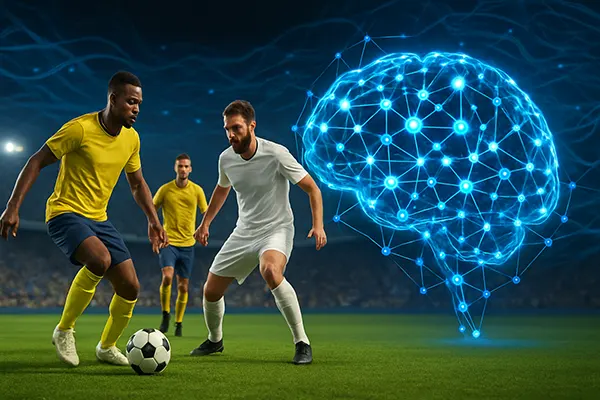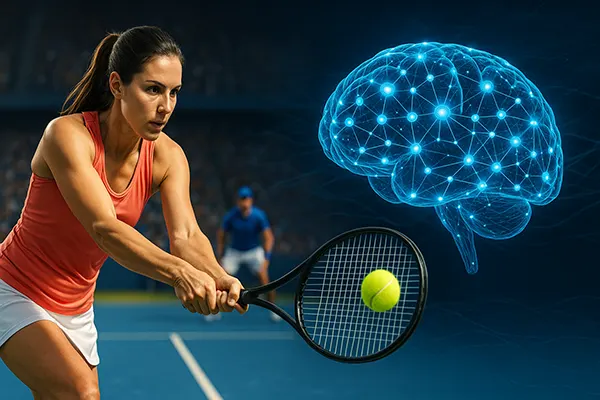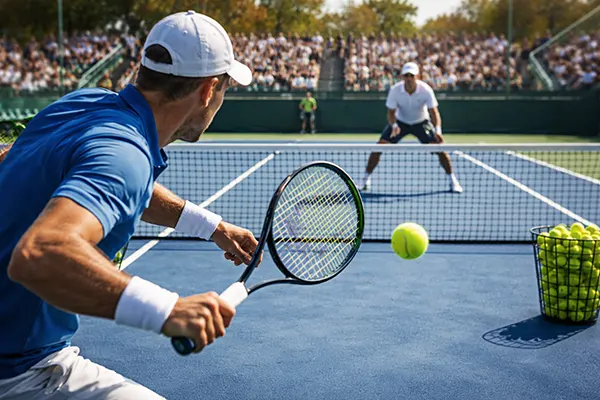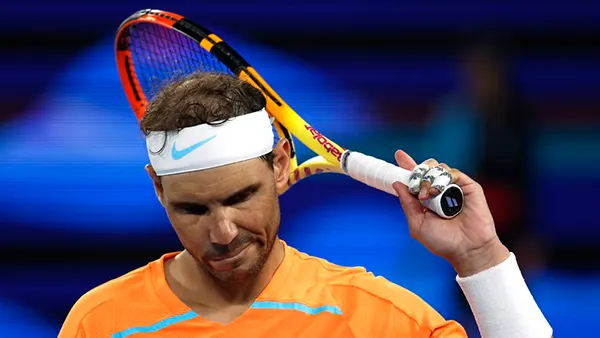Impact of Neural Networks on Sports Predictions: From Theory to Practice

Over the last decade, the role of artificial intelligence in sports analytics has expanded far beyond basic statistics. Neural networks—complex machine learning algorithms that mimic the structure of the human brain—are increasingly being used to forecast sports results with remarkable precision. These models not only process vast datasets but also uncover hidden patterns that would remain invisible to traditional methods. As of June 2025, their application in betting, scouting, and tactical planning has become both a scientific and economic game-changer.
How Neural Networks Process Sports Data
Neural networks function by learning from examples. In sports, this means training on historical match data, player performance metrics, weather conditions, and even crowd sentiment. A multilayered neural network can weigh these diverse inputs and generate probabilistic predictions about upcoming events.
For instance, convolutional neural networks (CNNs), which are typically used in image recognition, have been adapted to analyse player movement patterns and in-game formations through video footage. Recurrent neural networks (RNNs), particularly LSTM models, handle time series data such as player form across a season, enabling dynamic forecasts that adjust as new data arrives.
The growing availability of granular real-time data feeds from sports federations and third-party analytics firms has only boosted the efficiency and accuracy of neural models. This has given rise to prediction tools that update in near real time, providing immense value to both analysts and commercial stakeholders.
Advantages Over Traditional Forecasting Models
Unlike static statistical models such as logistic regression, neural networks are non-linear and adaptive. This means they can handle complex interactions between variables without prior assumptions, making them especially useful in sports where outcomes depend on multifactorial influences.
Moreover, these models excel in generalising from noisy or incomplete datasets—a common challenge in sports where some variables are unobservable or subjective. For example, team morale or coaching decisions are hard to quantify, yet neural networks can infer their impact by learning from proxies like media sentiment or historical underperformance after managerial changes.
Another key advantage is scalability. Neural networks can be retrained and deployed rapidly across different leagues and sports, provided there is sufficient data, which is particularly valuable in global betting operations and international scouting systems.
Applications in Real-World Sports Environments
Clubs, bookmakers, and data providers have increasingly turned to neural networks to gain a competitive edge. In professional football, AI systems predict match outcomes, player injuries, and optimal formations. In tennis and basketball, neural models are used to anticipate fatigue levels and game tempo shifts, helping coaches make in-game decisions.
Bookmakers, for their part, use neural networks to refine odds setting. By incorporating models that react to player injuries, weather updates, and betting trends, these systems offer more resilient and real-time betting markets. As a result, the margin of error is consistently reduced, raising the stakes for punters who now need to outsmart the algorithm, not just the bookmaker.
In the scouting sector, neural networks evaluate emerging talent by comparing individual player profiles to success metrics of current professionals. These evaluations are often more accurate than subjective human judgement, particularly in lower divisions and youth academies, where data-driven insights can uncover undervalued potential.
Case Studies and Industry Adoption
One notable case is FC Midtjylland from Denmark, which implemented neural-based prediction models as early as 2015. By 2025, they report a 15% improvement in points per season and a substantial return on player investments through data-augmented transfers.
Betting platforms like Pinnacle have embraced neural forecasting for line-setting, citing reduced volatility and increased liquidity in niche markets. This automation allows for swift adjustments based on real-time injuries or squad announcements without manual intervention.
Similarly, companies like Stats Perform and Wyscout integrate neural prediction systems into their analytics packages, now licensed to hundreds of clubs worldwide. These tools offer customisable dashboards that translate model outputs into actionable tactical recommendations, facilitating day-to-day decision-making for coaching staff.

Limitations and Ethical Considerations
Despite their power, neural networks are not infallible. They require large and clean datasets, which are not always available, especially in amateur leagues or emerging sports. Overfitting—a scenario where the model performs well on training data but poorly on new data—remains a persistent challenge.
Moreover, neural models can be opaque. Even experienced analysts may struggle to interpret the internal reasoning of a network, which can be problematic when explaining decisions to coaches or stakeholders who demand transparency. This has led to increased interest in explainable AI (XAI) methods within the sporting domain.
From an ethical standpoint, the use of such predictive power raises concerns. If one side in a match possesses superior predictive tools, it can distort fair competition. In betting, this asymmetry may also disadvantage casual users, fuelling regulatory scrutiny over the use of AI in odds compilation and sports integrity.
The Road Ahead
Moving forward, we expect greater integration of neural networks with wearable tech and biometric sensors. This would allow for even more accurate real-time modelling of player fatigue, risk of injury, and tactical adaptability, fundamentally reshaping training and recovery protocols.
Collaborations between sports scientists and AI researchers are also on the rise. Universities and clubs are jointly publishing findings, accelerating the democratisation of neural tools and improving peer-reviewed benchmarks for model accuracy and fairness.
Finally, as regulatory bodies grow more aware of AI’s influence, we may soon see formal guidelines for the ethical use of neural networks in competitive sports and betting industries. The balance between innovation and fairness will define the next chapter in this technological evolution.



